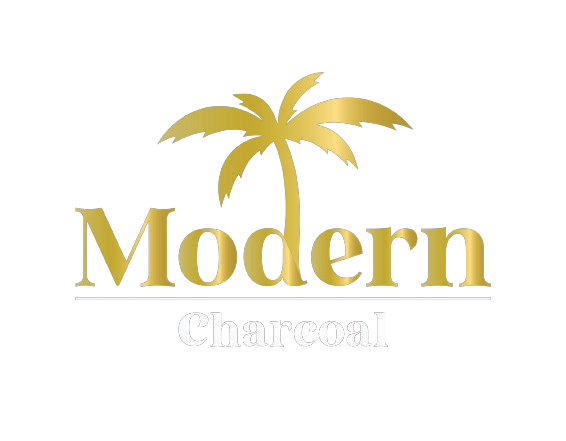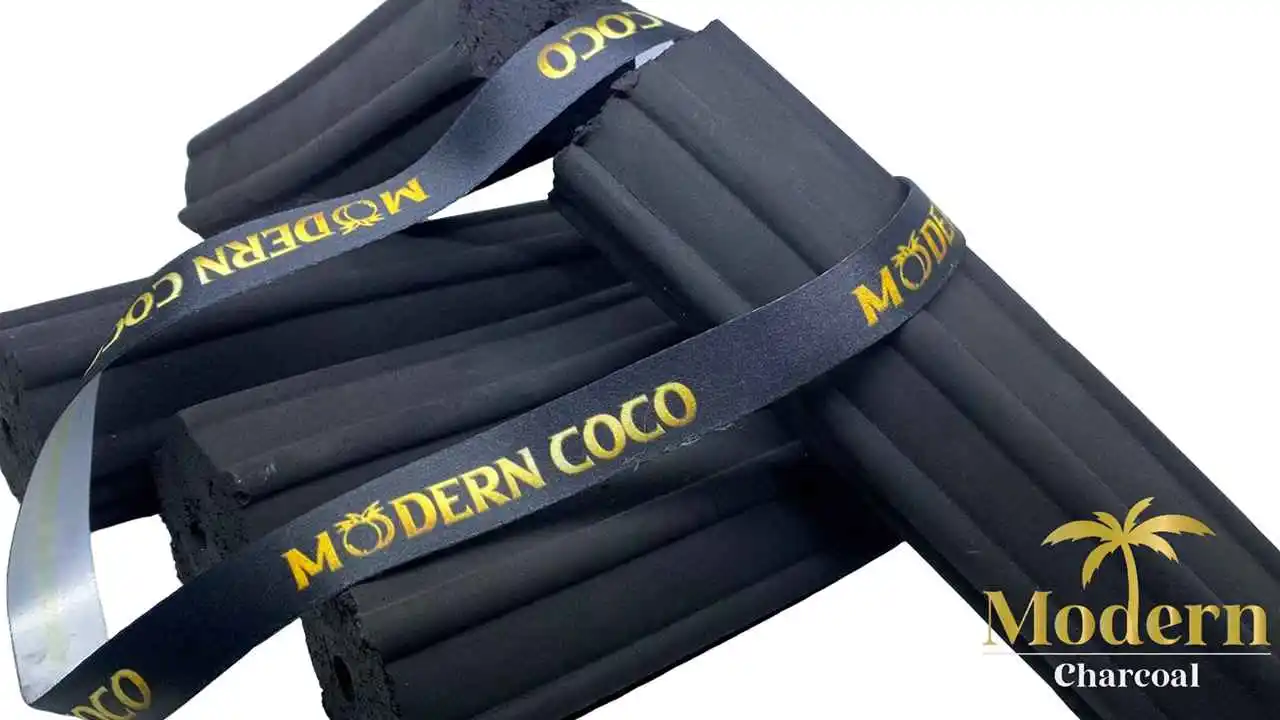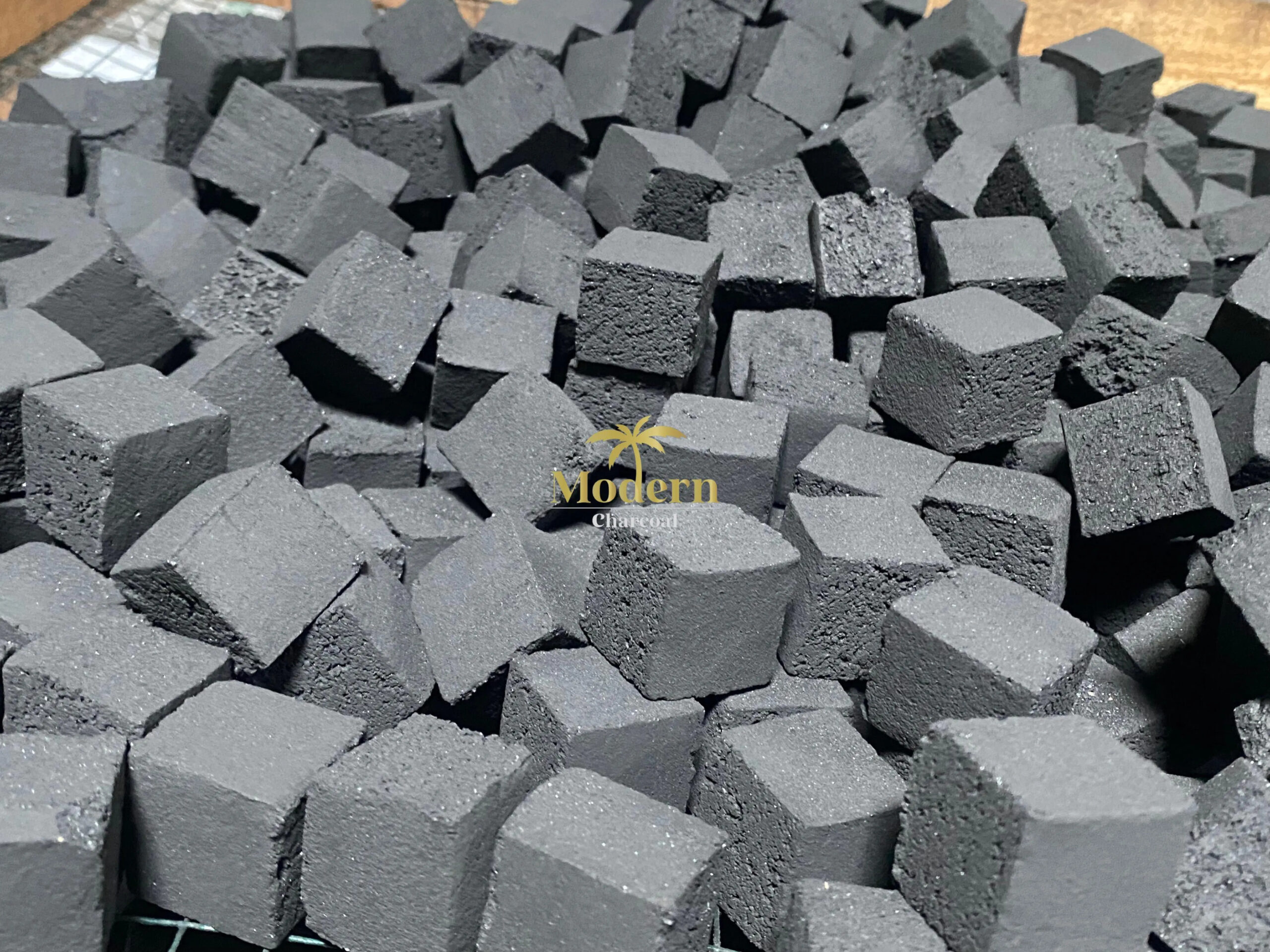In the Middle East, shisha, also known as hookah or waterpipe, is more than just a pastime; it’s a cultural tradition that dates back centuries, offering a unique experience of social bonding and relaxation. While the essence of shisha smoking has remained consistent, the materials and technologies involved in its enjoyment have evolved, particularly concerning the source of heat. Charcoal briquettes have become increasingly popular for their convenience, efficiency, and potential for a cleaner burn. This article explores how the Middle East is harnessing the benefits of charcoal briquette for shisha, balancing tradition with innovation and environmental considerations.

The Tradition of Shisha in the Middle East
Shisha smoking is deeply ingrained in Middle Eastern society, often seen as a symbol of hospitality and community. The traditional method involves using charcoal to heat flavored tobacco, producing smoke that is cooled and filtered through water before being inhaled. This practice, which spans across generations, is cherished for its leisurely pace, offering a moment of calm and conversation.
The Rise of Charcoal Briquettes
Traditionally, shisha charcoal was made from wood or coconut shells. However, the advent of charcoal briquettes has transformed this aspect of shisha smoking. Briquettes are compressed blocks of charcoal or coal dust mixed with a binding agent. They offer several advantages over traditional charcoal, including a longer burn time, consistent heat output, and less smoke, making them a preferred choice for indoor environments.
Environmental and Health Considerations
The shift towards charcoal briquettes also reflects growing environmental and health concerns. High-quality briquettes produce less ash and pollutants than their wood-based counterparts, contributing to a cleaner burn. This is particularly relevant in urban areas where air quality is a concern. Furthermore, using briquettes made from sustainable materials, like bamboo or recycled biomass, can reduce deforestation and the carbon footprint associated with shisha smoking.
Innovations in Briquette Production
In the Middle East, innovators are exploring ways to produce charcoal briquettes that meet the needs of modern shisha enthusiasts while respecting environmental limits. Techniques to create briquettes that light faster, burn longer, and produce minimal waste are in development. These advancements include the use of natural binders, improvements in compression technology, and the exploration of alternative, sustainable raw materials.
Cultural Adaptation and Acceptance
The adoption of charcoal briquettes for shisha in the Middle East is not just a testament to technological advancement but also cultural adaptation. By integrating modern production methods with traditional practices, the region is finding new ways to sustain its heritage. The acceptance of briquettes has been facilitated by awareness campaigns and the efforts of manufacturers to ensure that the product enhances the shisha experience without compromising taste or tradition.
The tradition of hookah shisha, also known simply as “hookah,” is a practice steeped in history and culture, tracing its origins back hundreds of years to the Middle East and Asia. In recent times, this social smoking activity has transcended its regional beginnings, gaining popularity across the globe as a means of relaxation, social interaction, and cultural exchange. This article delves into the history, cultural significance, and contemporary appeal of hookah shisha, offering insights into why it remains a beloved pastime for many.
Activated charcoal from coconut shells is a fascinating material with a wide range of applications, from water purification to skincare and even medical treatments. Its unique properties and environmentally friendly sourcing make it a popular choice in various industries.
Conclusion
Charcoal briquettes represent a significant shift in the way shisha is enjoyed in the Middle East. By offering a cleaner, more sustainable option for heating, they address environmental and health concerns without diminishing the cultural significance of shisha smoking. As the region continues to embrace these innovations, the future of shisha looks both traditional and modern, rooted in history but open to change. Harnessing the benefits of charcoal briquette for shisha exemplifies the Middle East’s ability to balance respect for tradition with the demands of an evolving world.



